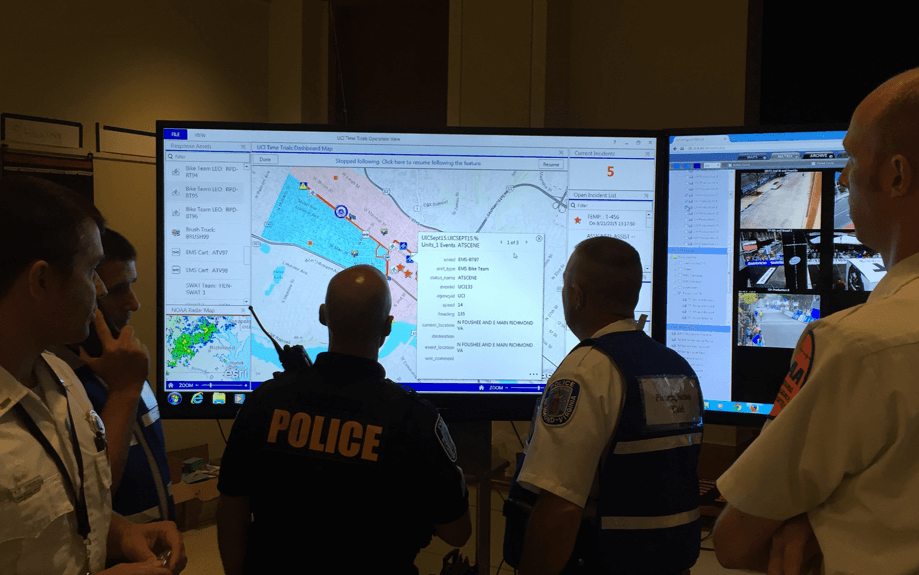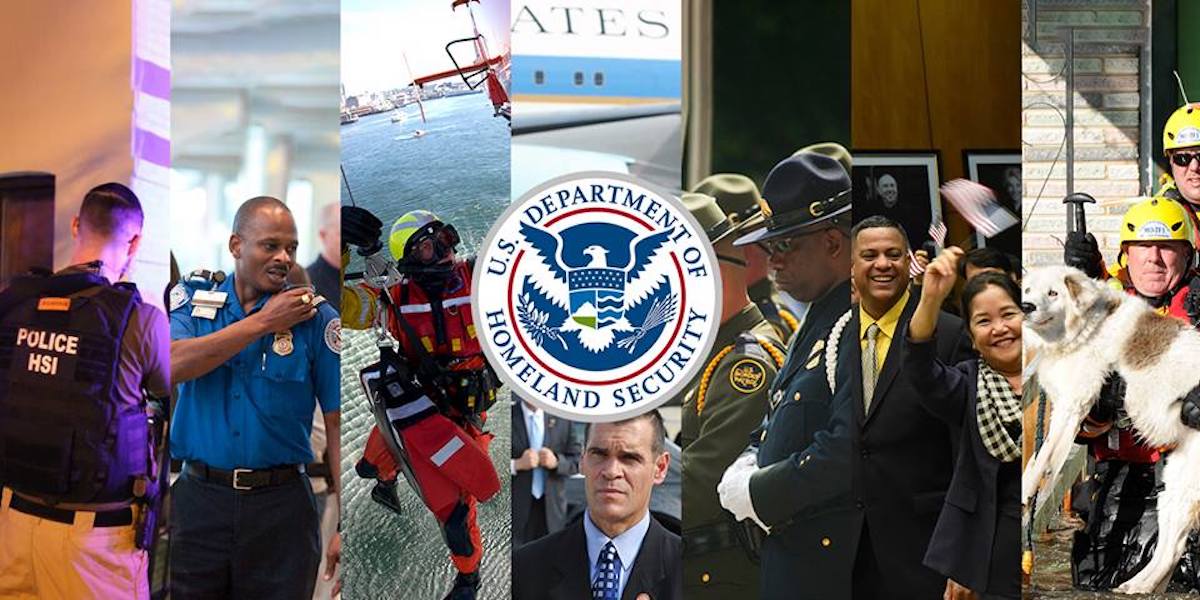There are many challenges and conflictions when trying to select Personal Protective Equipment (PPE) and full body PPE suits. The equipment needs to fit well and stop the bullets in and ever growing society of hostilities directed towards law enforcement officers. With these increasing numbers of personal attacks on the law enforcement community have forced many officers to follow their first intuition to don their PPE body armor prior to working the streets. There are many agencies that have implemented policies that the PPE shall be worn by any officer in a field related assignment. The utilization of the PPE (Body Armor) is also a requirement by personnel either to be worn on are inside a PPE suit on any possible response to a Weapon of Mass Destruction Incident. These agencies, as well as the manufactures alike, have been monitoring the increasingly large number of powerful weapons turning up in many communities.
The common weapons on the street for many years were the semi automatic pistols and revolvers, but according to James Scanlon, an officer for the Columbus (Ohio) Police Department and co-founder of the North American SWAT Training Association (NASTA), “Today, it’s common to find AK-47s and M-16s”. The bad guys were rarely in possession of .223 or 7.26 ammunition. They have increased their fire power, and the change in armament makes it obvious to law enforcement that they must seek better armor to protect themselves. Tactical plate carriers have to be functional for their many multitudes of job related duties, and first, must have the ability to stop the bullets. The various PPE manufactures claim they will individually size the body armor to each officer, but after having been fitted for the PPE many officers still find that the body armor, upon its arrival, is different from what the company’s representative took down during his/her initial measurement for the gear. The PPE seems to return to the officer in generic form, which is still cumbersome for them to wear, and leaving them to don less protective wear, and leaving behind the measured armor, if they have to suit up in a WMD suit.
The manufactures of PPE also need to construct this armor with the mission of the urban law enforcement in mind. This armor has to be light weight, easier to conceal, provide greater flexibility and first and foremost offer ultimate protection for the individuals wearing it. The manufactures up to the September 11attacks have constructed outer PPE for groups such as the fire departments but these tasks become greater and more challenging to design gear to deal with the threats of such magnitudes like the Chemical, Biological, Radiological and Nuclear incidents (CBRN) of the present and future. According to Lt Tom Nolan, one of the National Tactical Officer’s Association representatives on the National Institute of Justice (NIJ) special committee who writes law enforcement CBRN PPE standards says that prior to 9/11, many professionals did not fore see law enforcement personnel operating in this kind of environment, but now law enforcement after 9/11 and current events may be first to go in to confront the aggressor (s).
The mission of these agencies differ even though they might have the same common goal, and that is to render the location safe, calling for the wearing of different PPE over their body armor. The requirement for the fire department is to stand out with their brighter outer wear of colors; whereas Law Enforcement wants to wear fabrics that would allow them to be stealthy and inconspicuous. There are other differences, according to Nolan, that need to be addressed by the manufactures with the interfacings of law enforcement equipment, with the incorporation of holsters, scopes, body armor and gloves. The garment worn by law enforcement personnel has to be durable, because unlike the fire department, officers may have to run and jump over objects. The garments themselves have to be designed for comfort, whereas the individual doesn’t end up in a heat stress condition, thereby resulting in a compromising effect on their performance. The heat stress conditions that occur with wearing this equipment has to be addressed based on the guidelines and information written by Lt. Ed Allen manager and coordinator with the Seminole County Sheriff’s Department in Stanford, Florida.
Lt Allen also says this suit should not be worn more than 2 hours because enclosure in the suit would make its wearer feel constricted. The manufacturers are also in the process of addressing those concerns faced by the wearer of CBRN PPE, in that the field of vision is compromised, the loss of tactile sensation, and the equipment is hard to operate in.(see “Innovative solutions to PPE challenges” on Page 26). According to Lt. Allen they have been pushing the NIJ to write standards for law enforcement and in turn will push manufacturers to make equipment conducive to officer’s needs. Lt. Nolan hopes the next standards on the horizon will be those for SCBA/APR equipment. The CBRN PPE committee is currently tying the respiratory set standards with the garment standards to field a fully functional work compatible protective wear. Nolan says “departments can decide their PPE needs by breaking them down into three categories”. For instances a (1) air-permeable, which allow some air to pass through but still have a liner that will capture toxic vapors; (2) semi-permeable membranes, designed to wick away body heat while stopping contamination; and (3) barrier material, constructed to block out everything, resulting in less heat stress but optimal protection. If they can afford to, agencies should try to mix it up”.
With the standards set into place by the Department of Homeland Security (DHS) today, any funds obtain from them to purchase equipment, has to meet a universal standard and the only main standard out and about is National Fire Protection Association (NFPA) with regards to the CBRN PPE, and according to Nolan “ not all gear will meet their standards”. Lt. Ed Allen is a teacher at the National Tactical Officers Association and instructs a course called “Tactical Operations in a Hazardous Environment” he has observed mistakes with the procurement procedures. This shows that law enforcement agencies should be involved more in the manufactures development process. There is a great need for many agencies to get involved in the development process and put out ideas that are doable to bring law enforcement to a new level of protection in this ever growing hostile society, which is not limited on the domestic front, but the foreign theater campaign as well.










